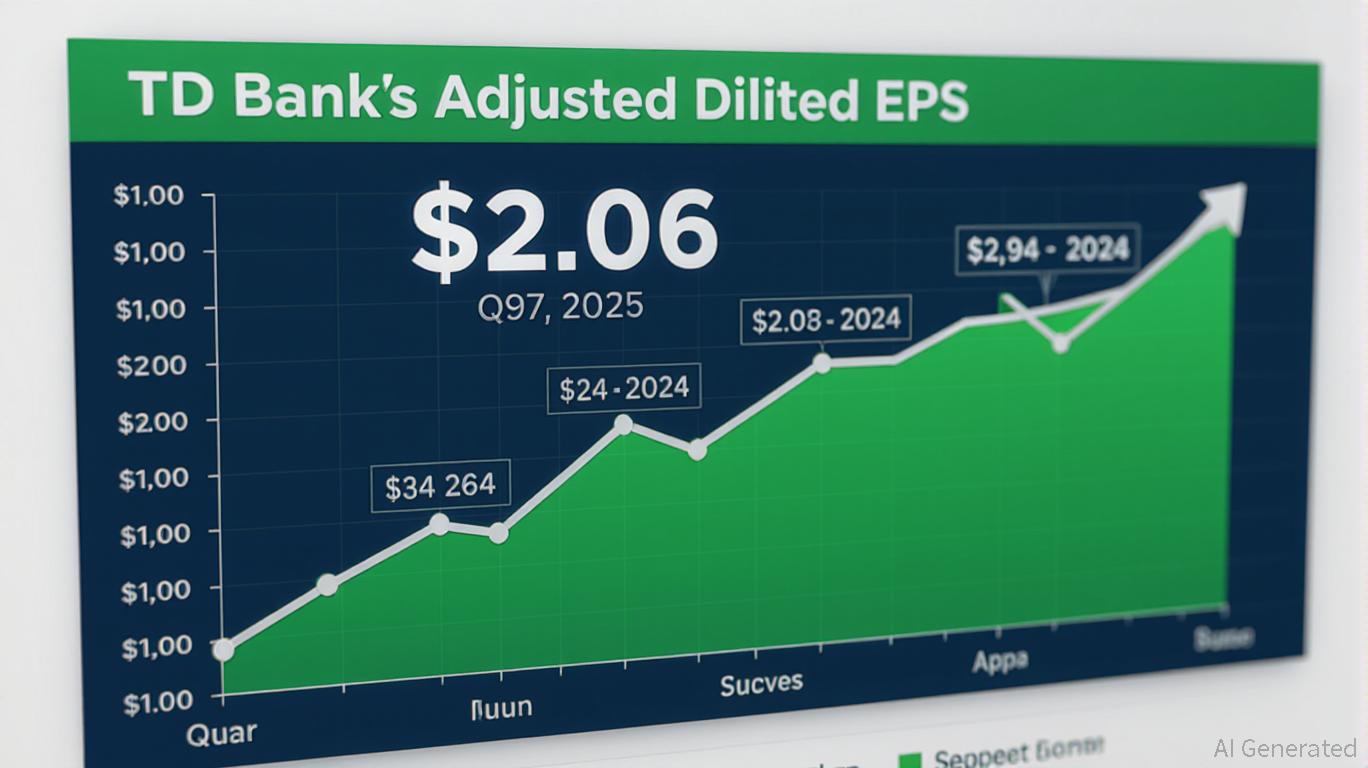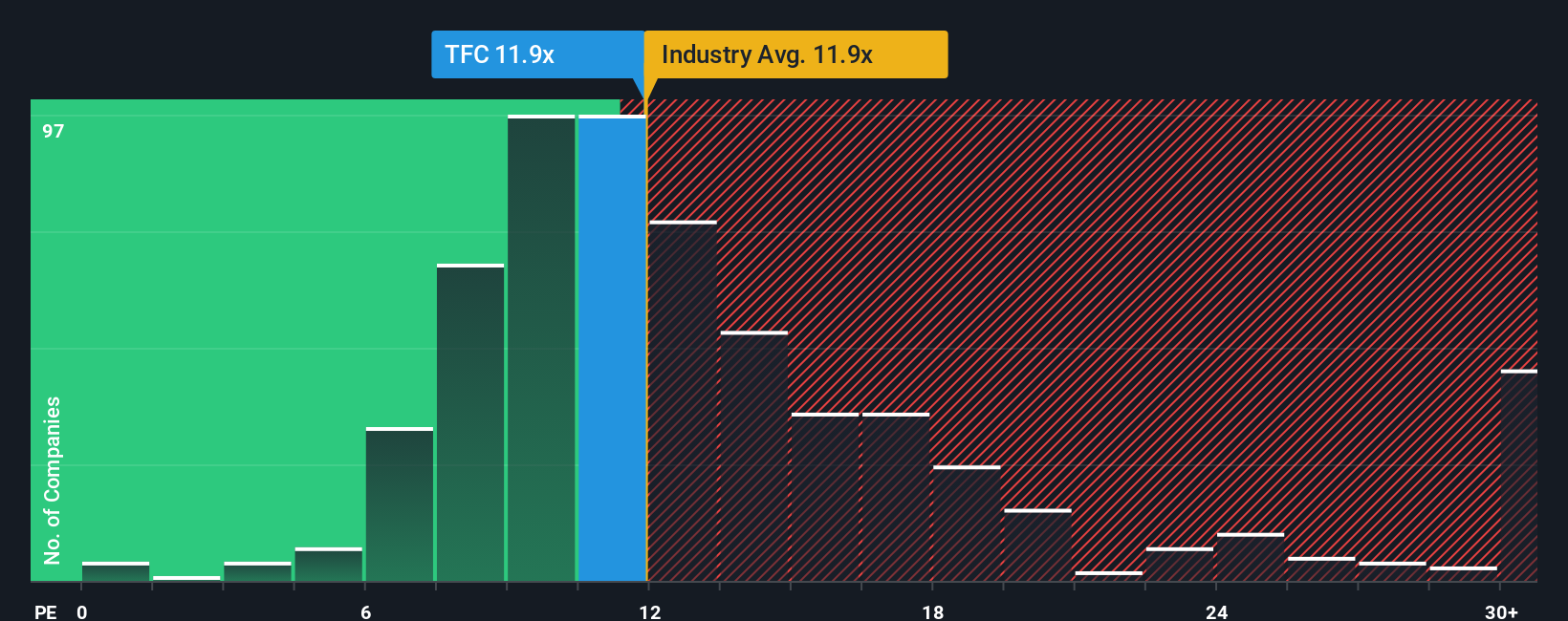In the third quarter of 2025, TD Bank Group reported an adjusted diluted earnings per share (EPS) of $2.06, outperforming expectations and signaling a disciplined approach to cost management and margin expansion [1]. This performance, coupled with a 14.9% CET1 capital ratio and $9 billion in cost-cutting measures, raises critical questions about the sustainability of its strategy in a sector increasingly defined by high-interest-rate environments and regulatory pressures.
Cost Discipline as a Competitive Edge
TD’s restructuring program, which includes the sale of correspondent loans and the wind-down of its U.S. point-of-sale financing business, is projected to generate $550–650 million in annual savings [1]. These initiatives reflect a broader shift toward operational efficiency, a necessity in an industry where net interest margins (NIMs) are under pressure from rising funding costs. By reducing non-interest expenses, TD has managed to offset some of the drag on profitability, a strategy that appears to have paid off in Q3. However, the long-term viability of such cuts depends on the bank’s ability to maintain service quality while streamlining operations—a balancing act that has historically tested even the most agile financial institutions.
Margin Expansion in a High-Yield Environment
The bank’s Q3 results also highlight its resilience in a high-interest-rate landscape. While many peers have struggled with loan loss provisions and credit risk, TD’s focus on high-quality lending and prudent risk management has allowed it to expand margins. For instance, its CET1 ratio of 14.9% provides a buffer against potential credit losses, enabling the bank to take calculated risks without compromising capital strength [1]. This is particularly significant as the Federal Reserve and other central banks remain cautious about rate cuts, prolonging the high-yield environment.
Challenges Ahead
Despite these strengths, TD faces headwinds. Anti-money laundering (AML) compliance costs, for example, remain a drag on profitability, with the bank allocating significant resources to address regulatory scrutiny [3]. Additionally, the wind-down of its U.S. point-of-sale financing business, while beneficial for cost discipline, may limit revenue diversification. Investors must weigh these challenges against the bank’s strategic clarity: TD’s management has consistently emphasized “operational efficiency” as a core pillar, a philosophy that aligns with the sector’s evolving demands [1].
Conclusion
TD’s Q3 performance underscores its ability to navigate a complex macroeconomic environment through strategic cost discipline and margin management. While the bank’s $2.06 EPS outperformed expectations, the sustainability of this growth hinges on its capacity to innovate in cost reduction without sacrificing customer trust or regulatory compliance. For investors, the key takeaway is that TD’s strategy is not merely reactive but proactive—a rare trait in an industry often constrained by cyclical forces.
Source:[1] TD Bank Group’s Q3 2025 Earnings: Navigating AML Challenges, High-Interest Rate Resilience [https://www.ainvest.com/news/td-bank-group-q3-2025-earnings-navigating-aml-challenges-high-interest-rate-resilience-2508/][2] TD Bank Group Reports Second Quarter 2025 Results [https://stories.td.com/ca/en/news/2025-05-22-td-bank-group-reports-second-quarter-2025-results][3] TD Bank Group to release third-quarter financial results [https://markets.ft.com/data/announce/detail?dockey=600-202508261100CANADANWCANADAPR_C0334-1]
Source: ainvest.com






